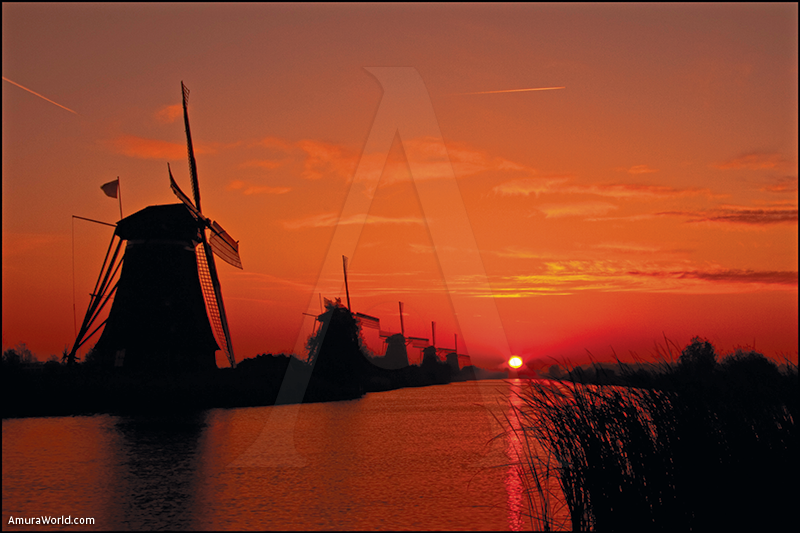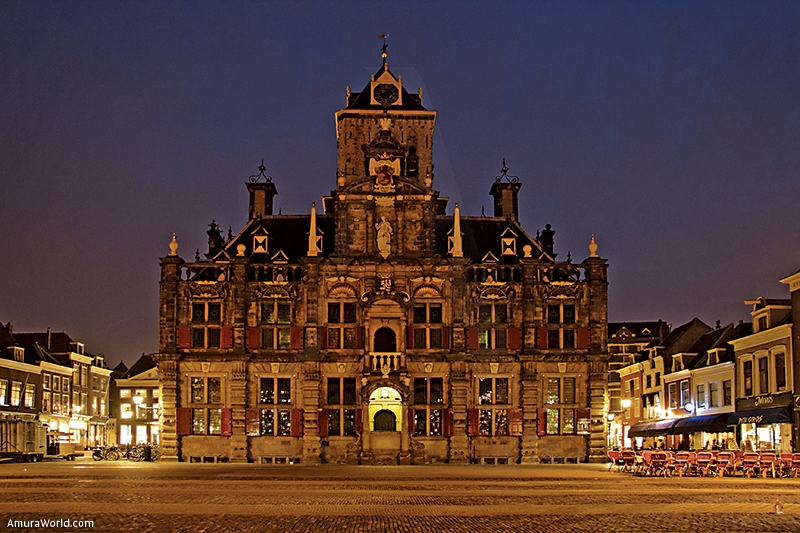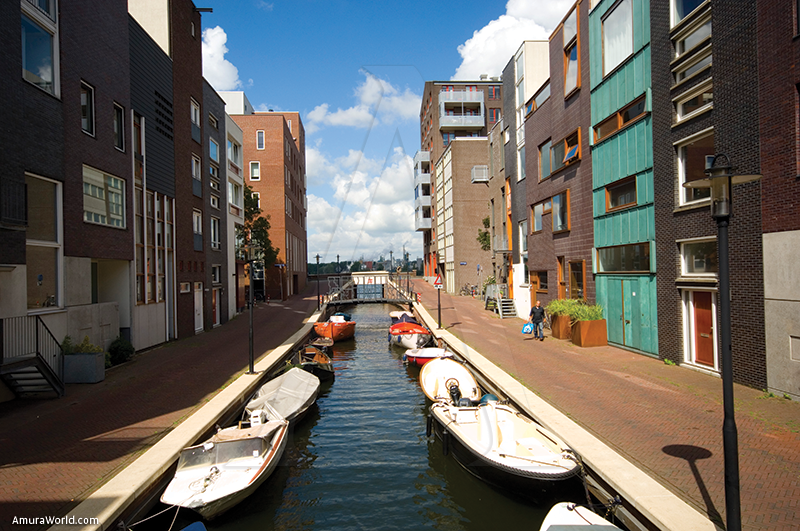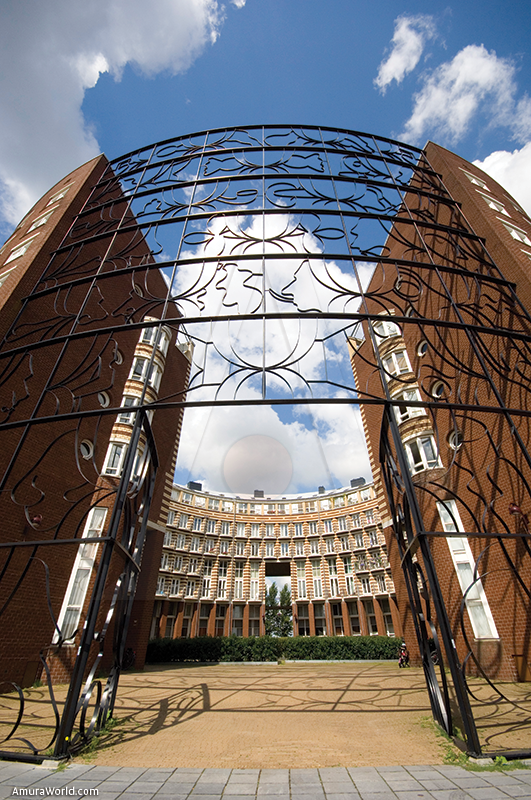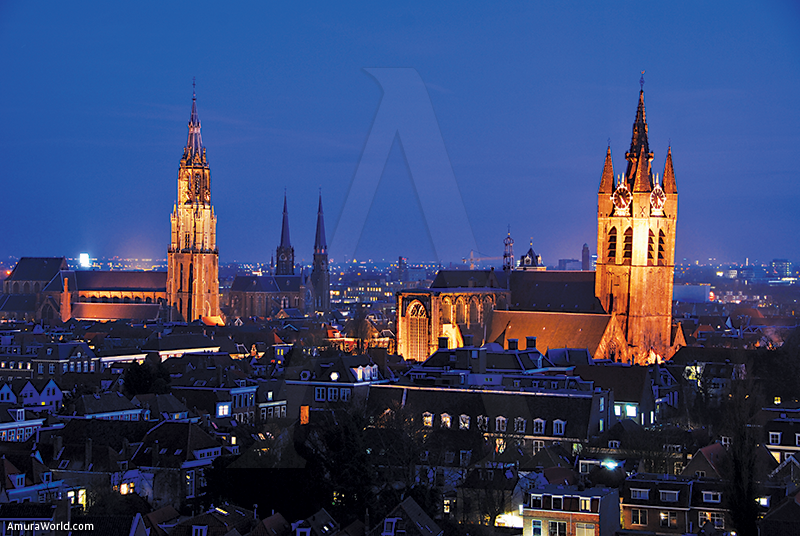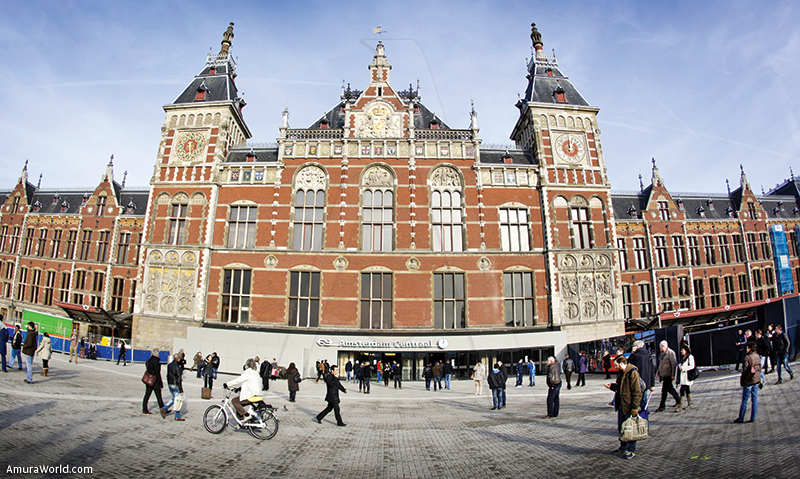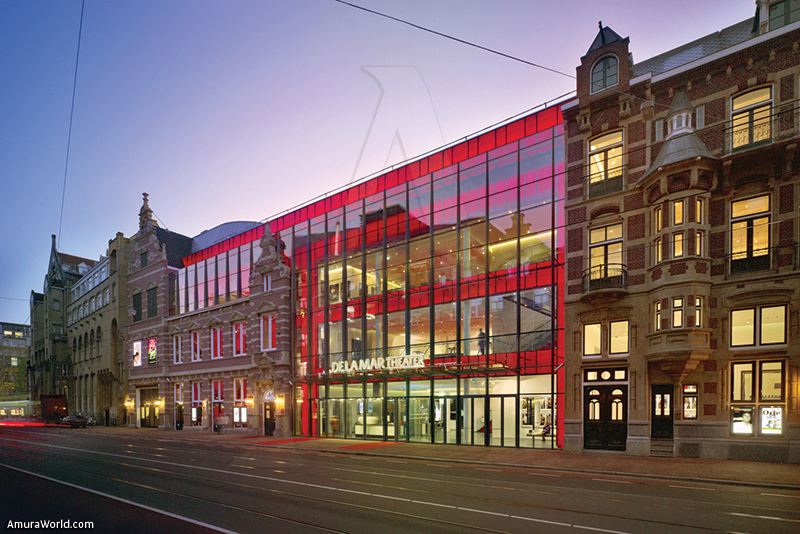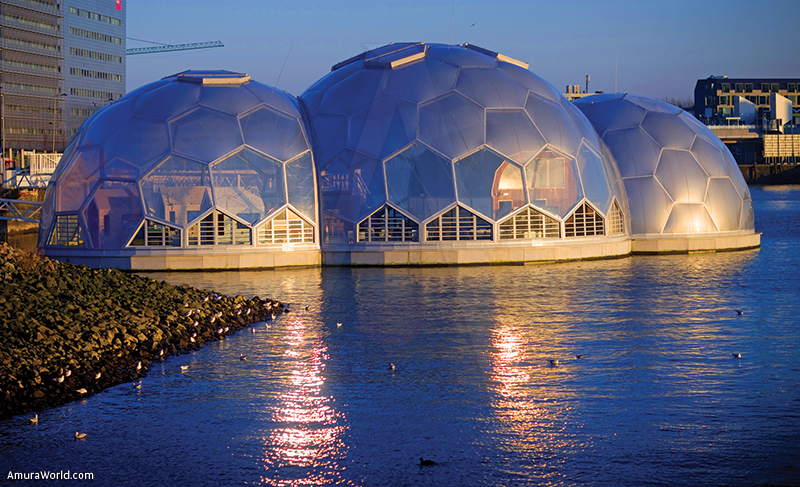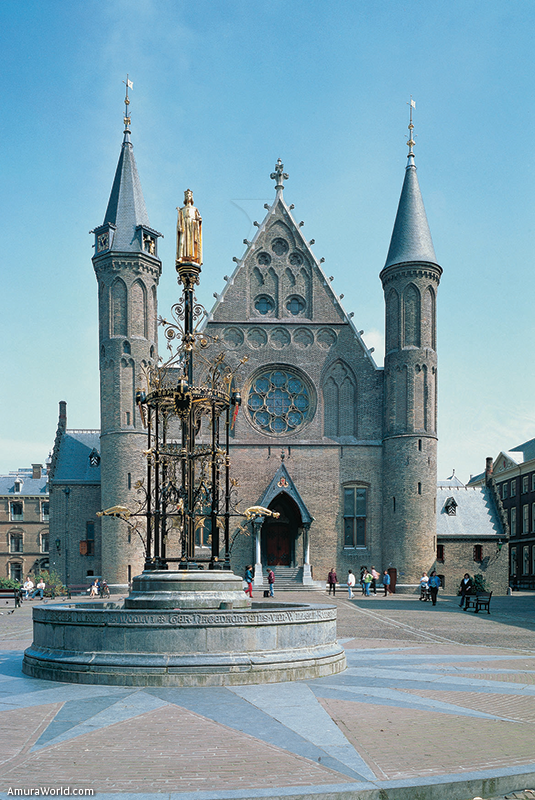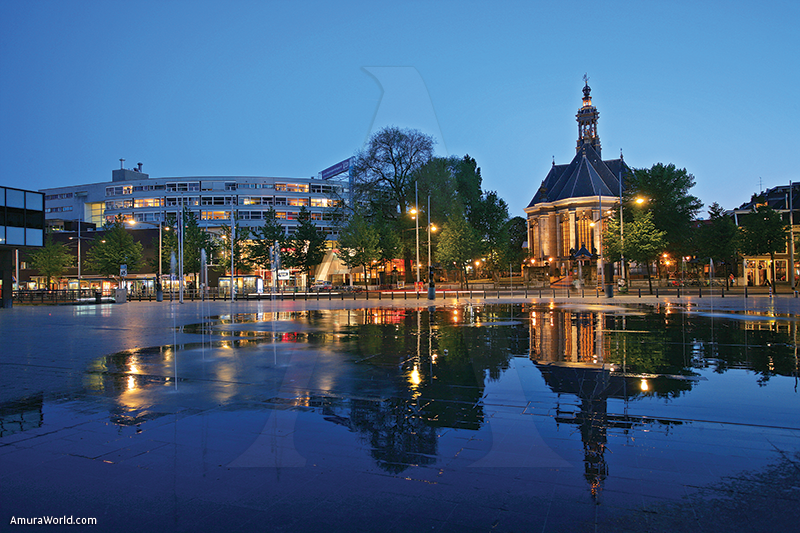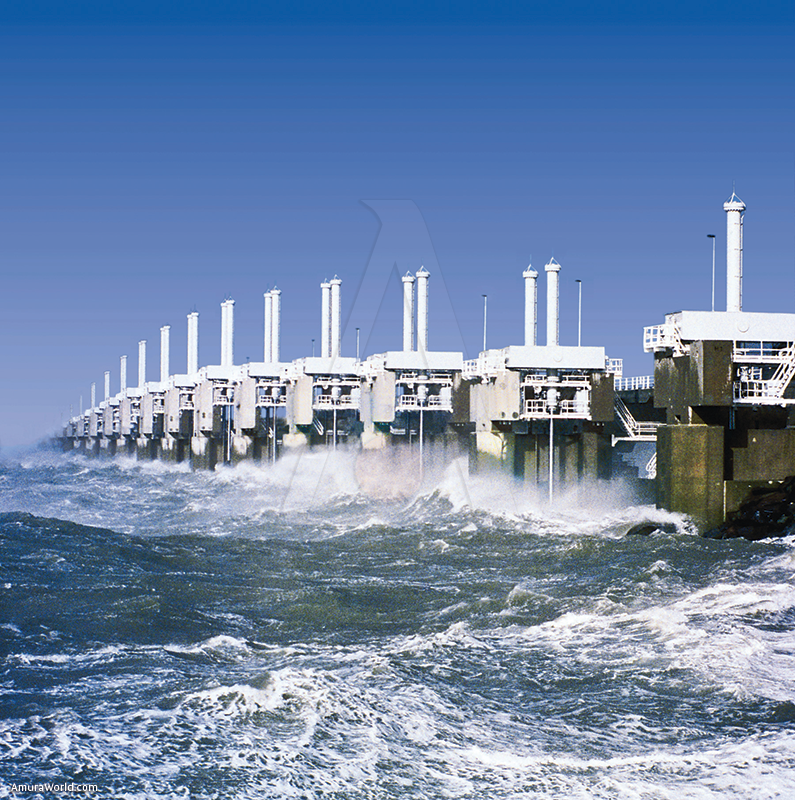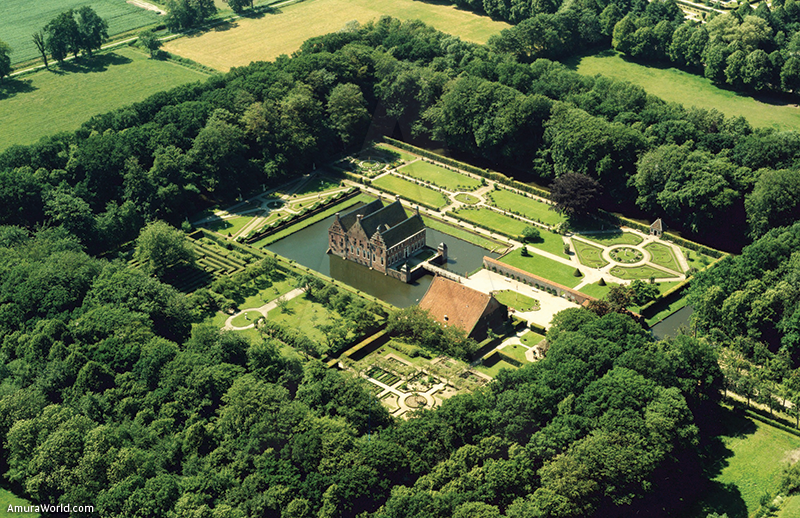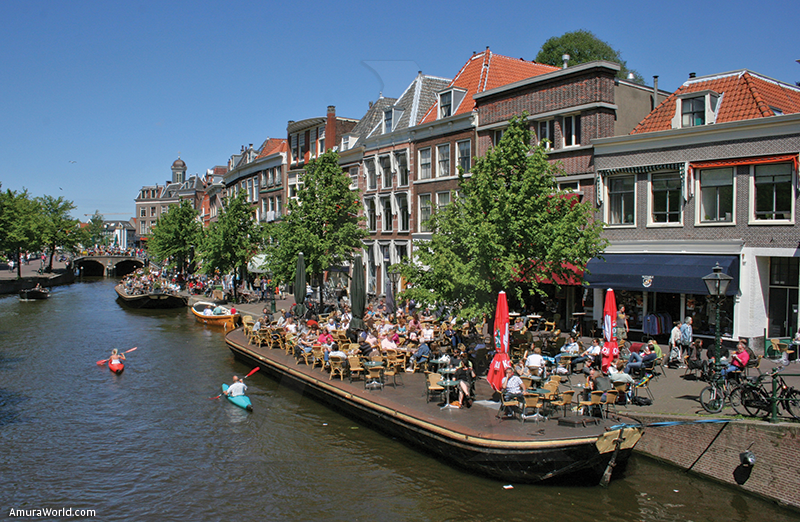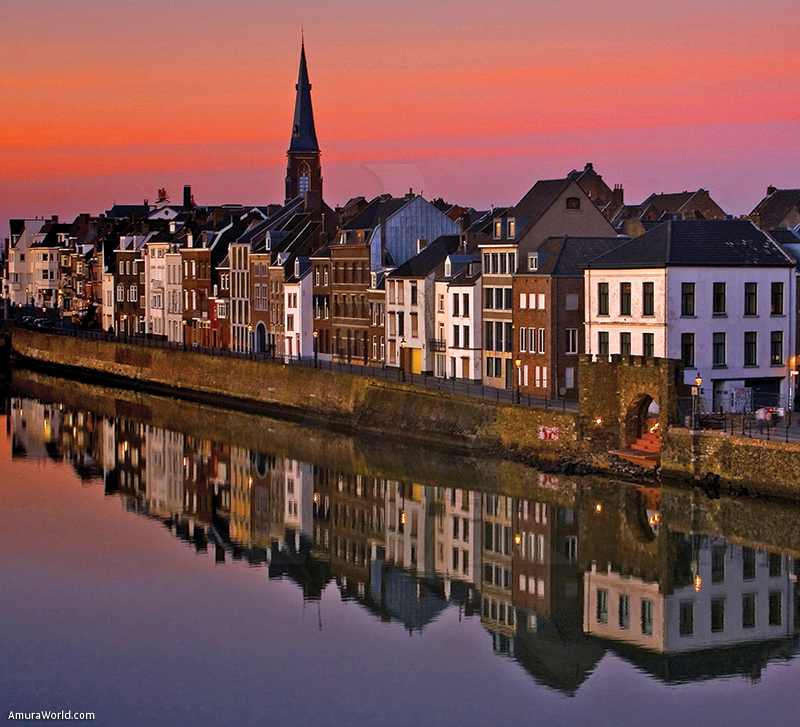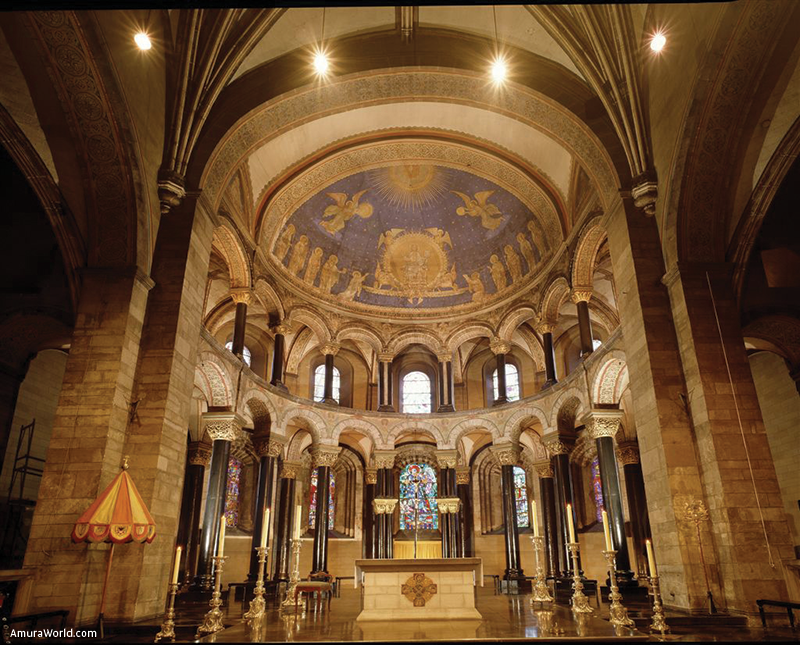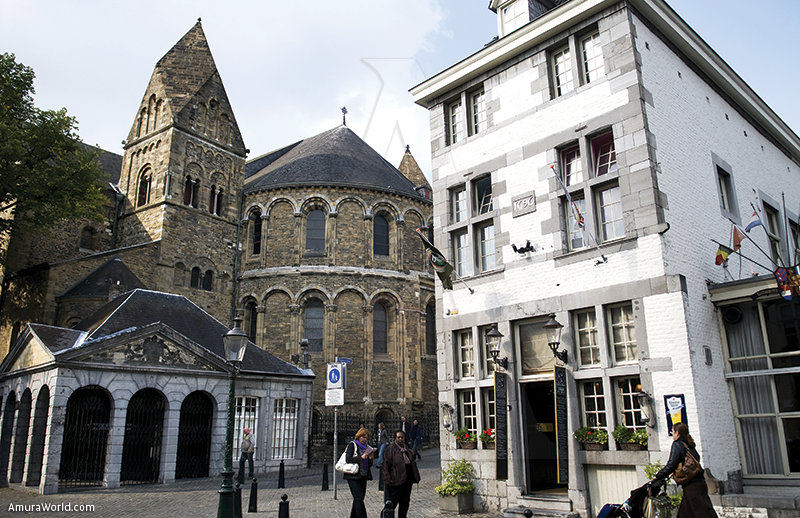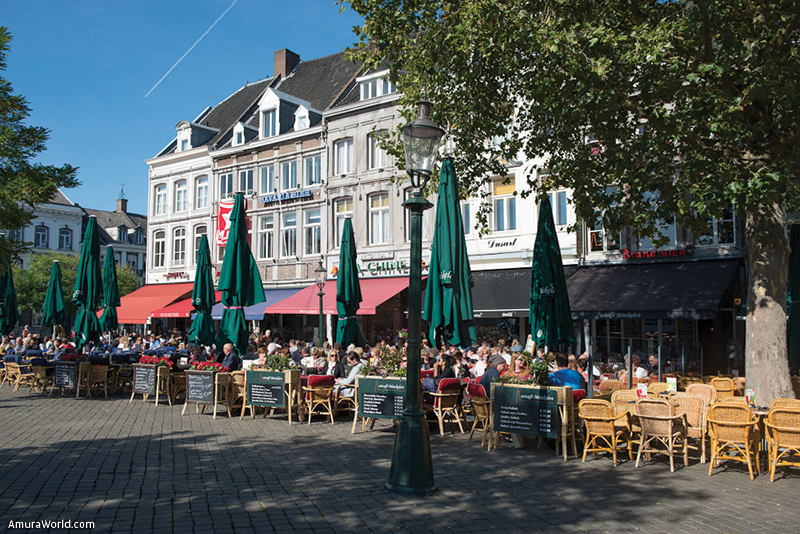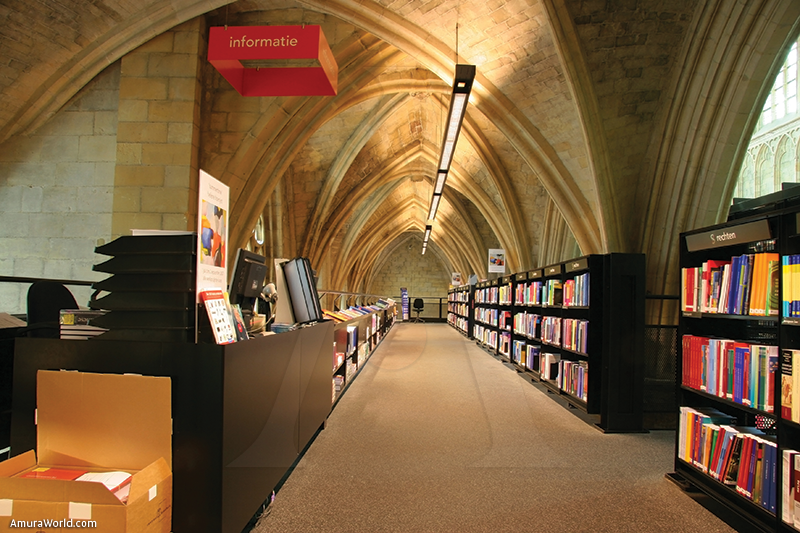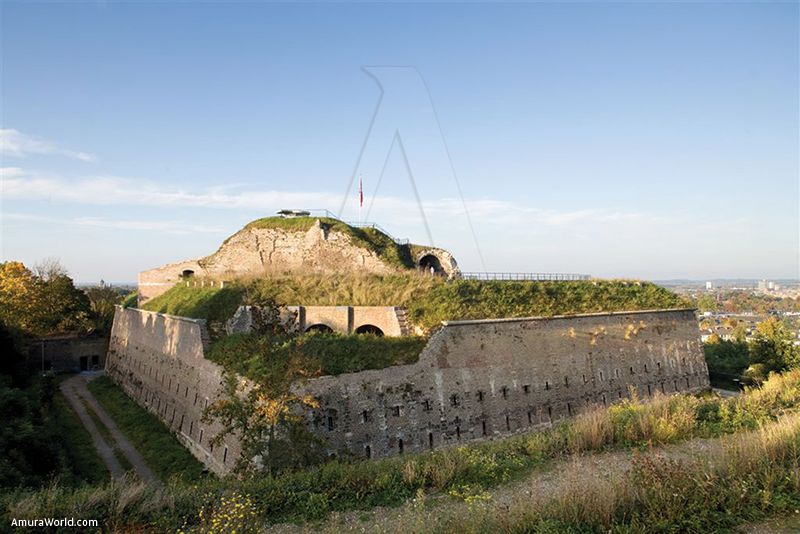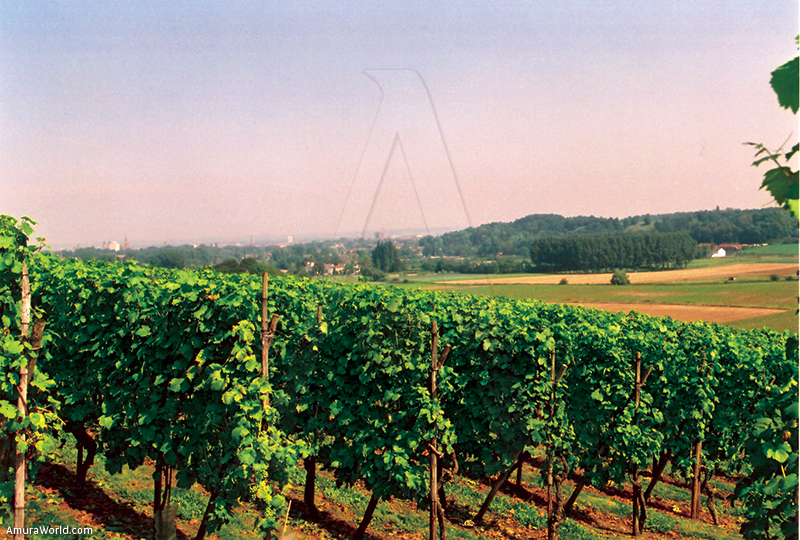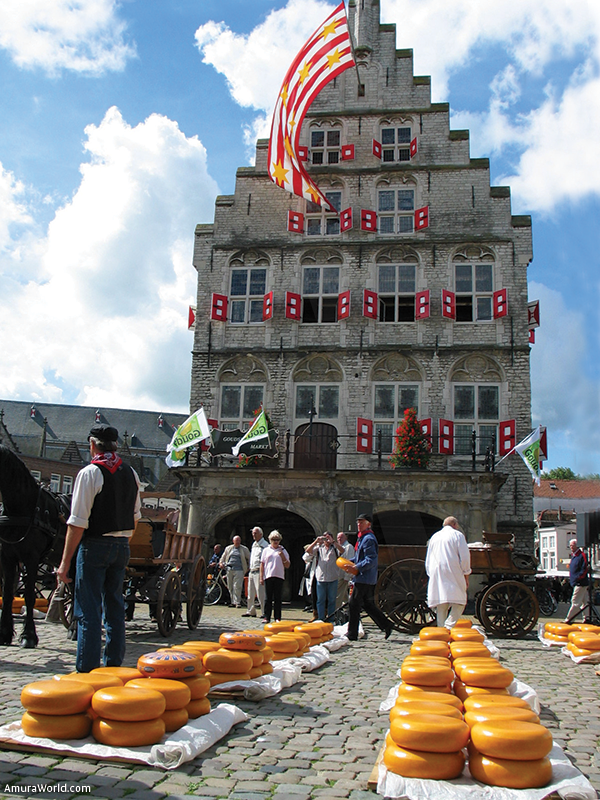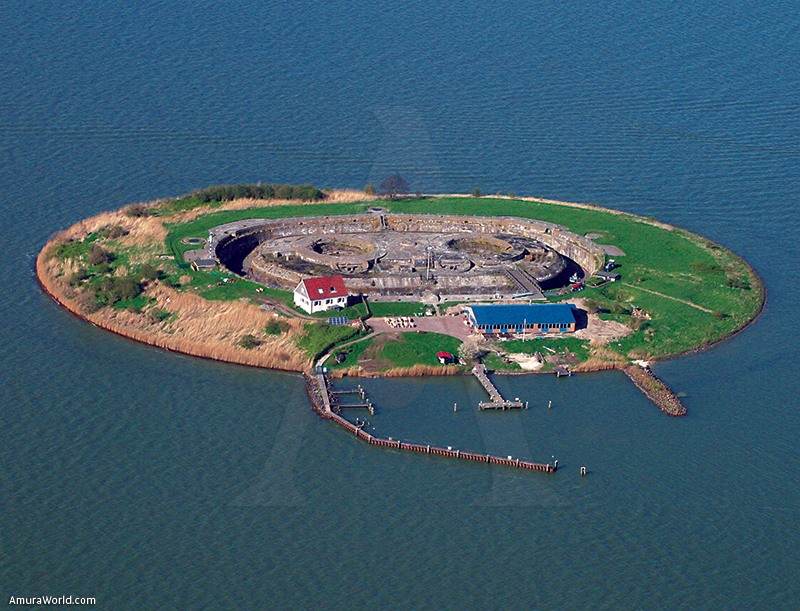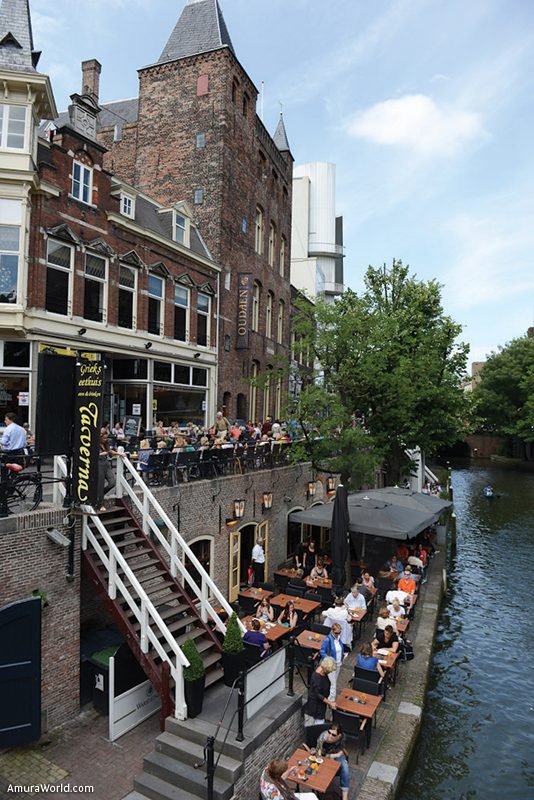History of the Kingdom of the Netherlands
Until 1795, the Netherlands was a confederation of states (a union of independent states which form a basis of a treaty status), the Republic of the Seven United Netherlands. The seven provinces that formed the union remained autonomous but were co-regulated in foreign policy and defense. One or more of the provinces held the position of stadtholder by a member of the Nassau family. During the French occupation, the Netherlands became a unitary state: the Batavian Republic.
In 1806, Emperor Napoleon appointed his brother Louis king of Holland. The Kingdom of the Netherlands lasted four years. In 1810, Napoleon deposed his brother as king and annexed the Netherlands to his empire. By 1813, the Netherlands achieved independence. Prince William Frederick, son of the last stadtholder William V, returned from exile and was proclaimed sovereign prince. The first constitution of the monarchy was made in 1814.
In 1815, it was decided at the Congress of Vienna a mandatory union of the Northern and southern Netherland. After Napoleon’s escape from Elba to France, William Frederick was proclaimed king of the new Kingdom of the Netherlands: becoming William I. The southern provinces were separated in 1830 and in 1839 the Netherlands recognized the new kingdom in the Treaty of London.
Until 1839, Luxembourg also became part of the Kingdom of the Netherlands. Later, it was linked as Grand Duchy in personal union with the Netherlands. The king was also Grand Duke of Luxembourg. This personal union ended in 1890. After the death of King William III, his daughter Wilhelmina could not succeed his father in Luxembourg as a woman. The head of the other branch of the House who happened to be Nassau was King William III as Grand Duke of Luxembourg.
After the Second World War, the Kingdom of the Netherlands also had oversea territories: the Dutch East Indies in Asia, and Suriname as well as the Netherlands Antilles in the western hemisphere.
After the Second World War the process of decolonization began, Queen Juliana signed in 1949 the transfer of sovereignty to the Dutch Indies. With this signature, the Netherlands recognized Indonesia as an independent state. Only New Guinea remained part of the Netherlands until 1962. In 1963, the United Nations transferred the administration of the territory to Indonesia.
In December 15, 1954, Queen Juliana signed the Charter for the Kingdom of the Netherlands. With this document, Suriname and the Netherlands Antilles achieved a country status within the Kingdom with autonomy in its internal affairs. In 1975, Suriname became an independent republic and left the Kingdom.
In 1986, Aruba (one of the six islands of the Netherlands Antilles) became an autonomous country within the Kingdom and in October 10, 2010, Curaçao and Sint Maarten followed, Aruba joined the autonomous countries within the Kingdom. Bonaire, Sint Eustatius and Saba became public entities (special municipalities) that are part of the Netherlands.
History of the General States
The official name of the Dutch parliament is the General States. Since the constitutional amendment of 1815, which introduced a system of two chambers, the General Sstates are constituted by Congress and Senate.
The name “General States” comes from the XV century. In 1464, Philip III of Burgundy (Philip the Good) convened for the first time toward the States. The assembly was held in Bruges, which was then part of the County of Flanders. The States had representatives of the 17 provinces of the Burgundian Netherlands, which was then known as the territory we now call Belgium and the Netherlands.
Later, in the fifteenth and sixteenth centuries, the seat of the assemblies made room to Brussels, in the Duchy of Brabant. The meetings of the General States were often exploited by the delegates of the seventeen provinces to demand new privileges, which is why the rulers of the Netherlands preferred to avoid them and headed first to the States of each province separately.
During the Spanish domination under Philip II, it was forbidden to meet States without permission of the monarch.
In that period, provinces North and South began splintering, especially since the Protestant rebellion against Spanish Catholic rule much more strongly rooted in the north than in the south. Since 1585, The Hague became the permanent seat of the General States Meeting. Between 1588 and 1795, the General States began to meet in the Republic of the Seven United Provinces (Gelderland, Holland, Zealand, Utrecht, Friesland, Overijssel and Groningen).
The stadtholders, who were also princes of Orange, used to occupy (usually commissioned by the General States) the position of captain general and admiral general of the union of the seven provinces.
When the stadtholder William V fled to England in January 1795, the Batavian Republic was proclaimed. The General States dissolved and in its place a National Assembly was created. At the end of French rule in 1813, William Frederick returned, son of the last stadtholder, and in 1814 was proclaimed sovereign prince. In 1815 he became King William I.
Amsterdam
What makes Amsterdam so attractive is the historic atmosphere of the seventeenth century with the mindset of a modern metropolis creating a friendly and relaxed atmosphere. The small scale of buildings and the intimacy of the streets, canals and squares create an atmosphere that visitors find unique.
The city has the highest density of museums in the world and is home to places with lots of cultural attractions such as the Van Gogh Museum, Anne Frank House, Hermitage Amsterdam and the Rijksmuseum, with Rembrandt’s famous Night Watch. Other popular attractions in Amsterdam are the Dam Palace, Artis Zoo, Jewish Historical Museum and the Rembrandt House.
Take a tour through the canals of Amsterdam and discover the historic canal, which was added to the World Heritage List of UNESCO in 2011. The best way to get around Amsterdam is by bike. You will not be more local than by bicycle in Amsterdam.
Rotterdam
Rotterdam is a city of many faces: a port city, a modern city filled with nightlife, a sophisticated city for shopping, and an artistic city to the core. Above all, Rotterdam is the city of architecture in the Netherlands, which stimulates innovation. Its skyline is always changing. There are many things to do in the middle of Rotterdam. You can go shopping, enjoy an excellent meal, and visit a variety of museums and attractions around downtown.
The best-known museums in the city and two of the most sophisticated spots in the Netherlands are Boijmans van Beuningen and the Kunsthal, which are in Museumpark inside Rotterdam. Elsewhere in the city even more exciting attractions are found, such as the Maritime Museum, the Euromast Hotel New York, Rotterdam Spido and Vapors. If the cultural offer doesn’t convince you, the vast and varied commercial choices will.
Hague
The Hague is one of the most extraordinary cities in the Netherlands. Not only because it is the seat of government, but also for its many monuments, historic sites and beautiful location close the North Sea coast. The Hague is also known as “the city of peace and justice” and is called “city of residence” because of the many members from the Dutch royal family residing in luxurious neighborhoods.
The Grote Markt Plein and squares are filled with restaurants, coffee shops, cafes and nightclubs, and are lively and pleasant places any day of the week. The commercial sector of The Hague is as varied as the city itself. It also has a wealth of art and culture and is an internationally renowned offer.
Last but not least, The Hague shows that a modern skyline and the historic city center are the perfect partners. Scheveningen, the best known resort on the Dutch coast, is a great place to go for a tan and make water sports in summer, during the winter it invites us for invigorating walks. With attractions including Madurodam, which is a miniature city and dome Omniversum which plays movies, The Hague is a wonderful place for younger visitors.
The Dutch Wadden Area
Between Den Helder in the Netherlands and Esbjerg in Denmark is an area of natural significance that is unmatched by anywhere in the world. The Wadden Sea is a planet unto itself, a world with two faces, governed in turn by the ebb and flow of sand and water. Like pearls on a necklace, some fifty islands and islets protect the Wadden area. The necklace begins with the five Dutch Wadden islands, beads containing its own atmosphere and unique character. Five islands, five moments to enjoy!
The Wadden Sea is full of life. Twice a day, the flow of the tide brings water from the North Sea, rich in sediment and plankton, much of which is sinking into the sand bed. In addition, the shallow Wadden Sea in summer heats rapidly. This means that algae are able to grow rapidly. They form the basis of the enormous wealth of the food it supplies to the inhabitants of the Wadden Sea - countless fish, birds and seals.
Like its sea, the five Wadden islands also teem with life. Not only wildlife in abundance, but are also full of culture, sports and nice terraces. All the islands are quiet and posses open spaces, beaches and dunes, wonderful wildlife, open skies and views that stretch for miles across the North Sea and the Wadden Sea. You can also locate Texel, Vlieland, Terschelling, Ameland and Schiermonnikoog each have their own views and specialties.
De Hoge Veluwe
De Hoge Veluwe is the largest national park in the Netherlands with a wonderful art museum and a large collection of Van Gogh (Kröller-Müller Museum), a sculpture garden, and hunting forest. Visitors to the park can use one of the 1000 ‘white bicycles for free and enjoy the 26 kilometers rout of paved roads, including the sculpture garden outside. You can also stroll through the fields with a pastor at Veluwe Heath.
To get an idea of the history and culture of this area you should visit the ancient cities, castles and estates or one of the many museums. Hattem is a large square used by a market and is known for the designer Anton Pieck, who was one of the creative minds behind the Efteling. Harderwijk used to be a Hanseatic city. Today most people travel to this place to visit marine mammals in the dolphinarium. Elburg is one of the oldest cities in the Netherlands and has at least 250 monuments. There are walking tours that take you along the most interesting streets . Surrounded by nature you can find peace and tranquility in Nijkerk.
The old university town of Wageningen has, besides students, many historic buildings. The largest city in the area of National Park De Hoge Veluwe is Arnhem. The Artez Klarendel neighborhood and the Arnhem Fashion Academy gave this place the seal of the city of fashion. Besides shopping there are numerous museums and zoos in this location, such as the Open Air Museum of the Netherlands, The Netherlands Water Museum and Burgers’ Zoo.
Flowers in Holland ...
The striking colors of tulips blooming are a typical sight in Holland during the spring. The red, pink and bright yellow are overwhelmingly beautiful and are a must, or should we say, a must experience! From late March until the second week of May, the flowers in the fields of tulips bloom. It is needless to say that the exact period depends on time. In general, the best moment is the second half of April, during this time tulips show off their glorious colors.
The most famous bulb fields are located behind the dunes of the North Sea, between the cities of Leiden and Den Helder. Other fields of tulips are near Enkhuizen (Bovenkarspel, Andijk) and in the province of Flevoland (Noordoost polder Flevoland Oostelijk). The bulb field regions offer hiking, cycling and car routes by the local tourist offices.
Keukenhof is an unforgettable experience for people of all ages. The historic park with more than 2700 trees cover an area of thirty-two hectares, full of tulips, hyacinths, daffodils and all the other spring bulbs. The floral arrangements in the park and the unique flower shows in the various pavilions are a visual feast. The Lisse Keukenhof Garden is open from mid-March to mid-May.
The South
The south of the Netherland owns the provinces of Limburg and North Brabant. Time seems to go a little slower here, as people adopt a relaxed lifestyle. Among the hills of Limburg, the green forests and the lands of Noord-Brabant are found; you can visit beautiful cities like Maastricht and Den Bosch. There is a wide range of culinary specialties and medieval towns with churches and museums. The south of the province is remarkable in comparison with the rest of the country, as it is one of the few regions that has hills. The highest point in the Netherlands, the Vaalserberg, is located in Limburg. This is also an important geographical point as it is the triple intersection point between Belgium, Germany and the Netherlands. The most important river is the Meuse River, which runs through the entire length of the province from south to north.
Maastricht has renowned restaurants, including venues mentioned by the Michelin guide. If you prefer to dine in a more relaxed atmosphere, there are plenty of options in Maastricht to enjoy a wonderful dinner or beverage.
St. Servatius was the first bishop of the Netherlands. His tomb, in the crypt of the Basilica of San Servando is a privileged place of pilgrimage. The Basilica is located on the famous Vrijthof, which has many monumental buildings and outdoor cafes. You should also visit the caves of St. Pietersberg that are the result of centuries of excavation of marl. Events in Maastricht are Preuvenemint of a four-day culinary event on the Vrijthof in the city, and TEFAF, the most important art fair in the world.
Like most of the Netherlands, Noord Brabant (North Brabant) is practically flat. While most of the population lives in urban areas, most of this province is uninhabited, although most of the land is cultivated. According to the raised areas, forests and wilderness zones of land and can also be found in this region. Loonse National Park in Drunense Duinen is known as the Brabant Sahara. The province is bordered by the Meuse River, in the north. Its delta flows through the Biesbosch area which is also a national park.
Den Bosch (also known as’s-Hertogenbosch) is a maze of medieval streets. It is great to explore this place on foot, or marvel at picturesque bridges and perfectly preserved historic buildings on a canal tour. Other highlights of the city are the late Gothic cathedral Sint-Jan, City Hall and the Art Center of El Bosco.
The Authentic Netherlands
Just a short drive north of Amsterdam will take you to some of the most authentic spots of the Netherlands. Here not only can you visit the world’s first industrial center, Zaanse Schans, but also feel the authentic atmosphere of many notable towns along the IJsselmeer. Here in Zaanse Schans you can let the XXI century go. The traditional wooden houses of the seventeenth and eighteenth century are mostly painted green and white, the streets are tree-lined, cobbled windmills flank the river and picturesque humpback bridges cross small channels. The atmosphere is one of peace and tranquility. It is an outdoors museum, however, it is a true community, a city that lives and works.
People from the North Holland
The North Holland province has numerous people that live along the immense IJsselmeer freshwater lake. Besides water sports and fishing you can cycle along the coast, which is the most impressive of bike routes in the Netherlands. You can gaze at picturesque market towns dating back to 1602. Marken Island was connected to the mainland in 1957 when the dam was built. Most people still wear traditional dresses and many of the old houses have been built on the raised portions of the soil to protect it from flooding.
For a relaxing day observing a typical Dutch landscape, visit Monnickendam. The Broek neighborhood in Waterland is a charming seventeenth century village surrounded by stunning scenery. The village of Edam also has a rich nautical history, but, of course, is most famous for its cheese, which is named after the place. As in Alkmaar and Gouda you can visit the cheese market here during the summer.
History can be lived once more in the Zuiderzeemuseum, which can only be reached by water or on foot. Houses, shops and workplaces are found in Zuiderzee which is the typical city that has been recreated. Beemster is the first so-called polder in the Netherlands and is added to the list of World Heritage sites by UNESCO. Beautiful villages in this area are Graft and De Rijp.
The Historic East
The eastern part of the Netherlands has many castles, mansions, squares and other imposing structures dating from the thriving medieval era. The rural landscape makes it one of the most attractive areas of the Netherlands and is very popular amongst cyclists and walkers.
Who says Achterhoek, means castles. There are dozens of cottages scattered in the landscape of ancient Gelderland. Some originally built as a fortress at the beginning or end of the Middle Ages. Around the farm, also in lodges or even in different historic city centers beautiful gardens have been created. Several Dutch citie such as Deventer and Zwolle have joined the federation. As a result of the Hanseatic trade, shipbuilding skills greatly improved for Dutch and traders became rich selling luxury products. This meant that the Netherlands was a very suitable region to the rulers of the time.
The Dutch Hanseatic cities are Hasselt, Kampen, Zwolle, Hattem, Deventer, Zutphen and Doesburg. One of the healthy ways to discover the Dutch Hanseatic cities is on foot. Follow the river IJssel and enjoy the natural scenery and many cultural sites. One of the most popular trails is the Hanseatic City Foot Path.
The North does not allow closed doors
The provinces of Drenthe, Groningen and Friesland represent the outdoors. These plains are home to some of the most stunning natural landscapes. The lakes and canals in Friesland form the largest contiguous wetland in Europe, while Groningen and Drenthe are still rural parts of the country. From biking and hiking to sailing and surfing, the northern outdoors offers everything to make your stay active. Groningen is the northeastern province of the Netherlands. To the east borders the German state of Lower Saxony, in the south Drenthe, in the west Friesland and in the north the Wadden Sea. This university town is a bustling city for shopping, culture and nightlife.
Friesland is mainly an agricultural province. The famous Friesian cows’ in black and white, as well as the world known black Friesian horse originated here. Tourism, mainly in the lakes in the south west of the province, and on islands in the Wadden Sea to the north, it counts as an important source of income. Every year thousands of sports enthusiasts visit to explore its incredible Friesland channels. The province is also famous for its ice skaters.
Drenthe, unlike many other parts of the Netherlands, has always been a sparsely populated rural area. Other parts of the Netherlands allow see this area as a part belonging to the rest of the country, as it used to be a wasteland. This plateau, however, has been inhabited by people since prehistoric times, if only a handful. The most tangible evidence of this are the dolmens (hunebedden) built around 3000 BC. Besides the rural landscape, Drenthe hunebedden is well worth a visit.
The prosperity of the countryside
Between Utrecht and Amsterdam one of the natural treasures of the Netherlands is found. The beautiful nature of the Vechtstreek (Vecht region) has attracted people for centuries. You can surf or cycle along the river Vecht, which extends from the province of Utrecht in Holland. By exploring the thriving field you can notice a lot of water, flora and fauna, castles and fortresses. During the Golden Age (seventeenth century) Vecht River became a residential area of the nobility and the elite. Today, Vechtstreek has castles, mansions, parks and teahouses. The best way to discover the prosperity of the Vecht region is by boat or bicycle.
However, one of the most famous medieval castles in the country is the Rijksmuseum Muiderslot in Muiden. This strength in the Vecht estuary was built around 1280 and is open to visitors. Anothe know r castle is Zuylen Castle, which was built around 1520. The English style garden nineteenth century is a hidden gem along the Vecht.
The river Vecht is connected to two lakes, Loosdrecht and plassen Vinkeveense. The plassen Loosdrecht has numerous marinas, sailing schools and other companies related to water sports. You can swim or surf. The Vinkeveense plassen (lakes Vinkeveen) islands have 12 fully equipped outdoor recreations. The water is ideal for sailing, diving and water skiing.
Text: Ministerio de Asuntos Exteriores de los Países Bajos y Embajada de los Países Bajos en México ± Photo: Holland Media Bank / Getty Images

